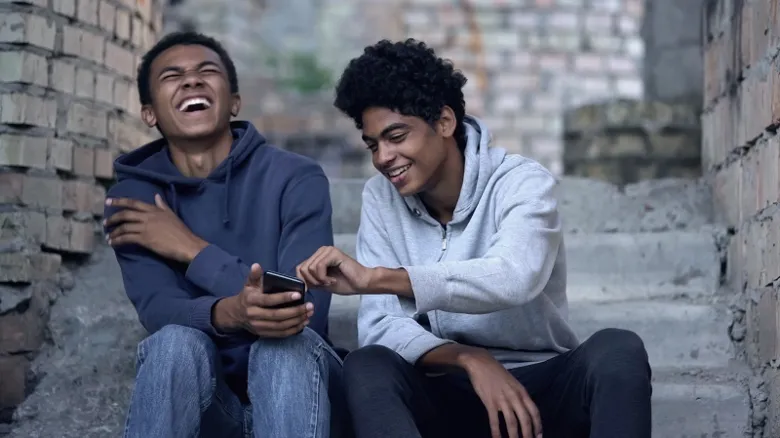
Combatting Violence as a Public Health Crisis: Insights from our webinar series
In a series of webinars hosted by Safer London, wediscuss the approach treating violence as a public health crisis, drawing on insights from Cure Violence Global's successful community-based intervention model. Featuring representatives from London Violence Reduction Unit and the NHS , these discussions explored innovative approaches to empowering communities to address violence from within.
Cure Violence's model, which trains credible messengers as "Violence Interrupters," has demonstrated remarkable success in reducing violence across diverse communities worldwide, from the United States to Syria. By treating violence as a disease and deploying interventions at its source, communities have been able to create safer environments and foster positive change.
Throughout the webinar series, held from 8th to 10th December 2020, participants delved into the methodology behind Cure Violence Global's model, its long-term impacts, and cost-effectiveness. Real-life accounts from individuals who have transitioned from being victims of violence to intervention workers provided invaluable insights into the practical application of community-based intervention strategies.

Webinar One: Understanding the Science of Violence
Webinar Two: Health Based Solutions to Violence
Webinar Three: Violence Interruption
A central theme of the discussions was the importance of empowering London's communities to take ownership of violence reduction efforts. By equipping communities with the necessary resources and support, they can play a pivotal role in safeguarding young individuals from violence and exploitation.
By addressing violence as a public health concern and embracing community-based intervention models, Safer London's webinar series highlighted the potential for meaningful progress in reducing violence and creating safer environments for all.
Webinar Q&A
You can find answers to the questions we aren’t able to answers live on the webinars below.
Q: Thanks so much to the speakers – they do excellent work and I’ve seen first-hand many positive outcomes of the public health approach around the world. That said, as some of the speakers may know, I have concerns about describing language literally as a ‘disease’ (not just as a metaphor) and I wonder if they panel might comment on those. – doesn’t this obscure the importance of broader structural causes of violence (e.g. income and racial inequalities), which are not infections people catch, but realities of inequal societies and politics? Particularly important in light of #BLM – is there a risk of stigmatising youth who engage in violence as effectively ‘diseased’, and their neighbourhoods as ‘infected’? – is there a risk this depoliticises their violence – violence which might be an entirely rational, logical repsonse to unjust conditions (no matter how self-damaging)?
Cure Violence Global:
See https://journalofethics.ama-assn.org/article/response-metaphorically-or-not-violence-not-contagious-disease/2018-05 for full case for considering violence a disease. Even for those not willing to accept violence as a contagious disease, its contagious nature and role as a health problem can still be recognized and utilized to achieve better outcomes.
- What about poverty, racism? These are important factors that absolutely play a big role – and we should be doing as much as we can to address these issues. However, the solution to these other problems has been illusive. Focusing on violence as a health issue allows communities to decrease violence – while we continue to work towards solutions to these underlying issues. We should not wait to stop the violence until we solve these other problems first when there are methods that are effective.
- Regarding how this works in light of the BLM movement – what could be more consistent with the BLM movement than approaches to save Black lives? When killings happen in white communities, we seem to do whatever it takes to prevent them.
We would never describe someone as diseased or a community as infected – whether it’s violence, COVID, AIDS, plague. This type of stigmatizing language that equates the person with the disease is never acceptable. A person suffers from a disease, they are not the disease itself. We do not say a person is “AIDS-infected” or a person is diseased when they have flu. We say that this person has a health problem, the person has acquired the disease and needs treatment. The person themselves being separate and suffering from the disease. This is what considering violence as a disease accomplishes. Currently we see people as “violent people” or similar terms.
By understanding the contagious nature, we understand that the person is separate from the problem of violence. They are not “violent people,” they have a health problem from exposure to violence and need care. Whereas right now, people and communities are regularly described as violent.
We are in the midst of extreme stigmatization and recognizing that the problem of violence is not a moral failing can help.
Q: How can you justify taking agency out of the equation? Do you think violence is never a choice?
Cure Violence Global:
We could have a long conference on free will and when a person truly has agency – and we look forward to it when we finally get there.
A short response to this for now points out that a person who is exposed to extreme violence is so severely affected that they are not able to have this free will. The trauma from the exposure create a set of reactions that determine your actions.
The list of symptoms for PTSD is a list of behaviors that are caused by the exposure, not by the person making a choice. From this perspective, addressing the trauma of exposure to violence is freeing a person from the trauma that binds them. Treating someone for trauma is to help them to be able to have agency.
A longer and more involved answer would consider group dynamics and how our own behaviors are formed. Suffice to say that many people overestimate the amount of agency that they have, and that the “choices” we make are never in isolation.
Sherry Peck, CEO Safer London:
No I don’t believe it is – my personal opinion is that all of us can be driven to violence within a certain set of circumstances. And if those circumstances are changed – for example investment in opportunities and the establishment of new norms builds trust, resilience and opportunity – then people responses change.
The drivers of violence are inequality and social injustice – remove those and that would go a long way to improving the context we expect people to thrive within.
Jackie Bolton, Director of Safeguarding Safer London:
My understanding of the model is that agency is NOT taken out of the equation.
At Safer London we support and encourage agency of young Londoners by
- Providing role models and creating good working relationships
- building opportunities for young people to assess and identify hazards and develop their own risk assessment strategies
- promoting their learning so they can make more informed and better choices to be safer and take steps to avoid situations and networks where violence is likely
- encouraging them to think about their goals and build a focused support plan that works towards those
Q; What advice do you have for influencing those holding the purse strings to invest in this when the political mood appears to be firmly focused on a punitive response to crime rather than an understanding of the underlying causes?
Cure Violence Global:
This is what we are all trying to figure out and right now there is no definitive answer. Here are some possibilities:
- Peer pressure — Point to NYC as the model for how modern cities view and treat violence
- Analogy to drugs and alcohol – also used to be seen as choices/morals, but now understood as health problems
- Analogy to other behavior and how they are changed – Do we get better eating, exercise, drug taking, mask wearing, sexual decision through threats of punishment? Or through encouragement, support, and care – as well as community health workers/credible messengers?
- Institutionalize the work – Create an office of violence prevention set up separate from the police department that can help make its own case and will protect the work from budget cuts.
- Pay a little now or a lot later. Every pound spent; you save 20 times more. This is equivalent to COVID – spend to get people to wear masks and quarantine or have an out of control problem that in addition to lost lives will costs billions and lose billions more in lost business.
- Turn the tables – if violence needs to be punished severely to deter bad behavior – then we should have the same response to police violence, bar fights, and geopolitics. The fact that we don’t can be seen as an example of systemic racism.
Sherry Peck, CEO Safer London:
If I had the answer to this id be a happy person – what I can say is that this intervention is evidence based, the social return on any investment can be seen in both monetary value and in the positive factors it could bring to individuals and communities.
Your question is important since it recognizes in my opinion the fact that the drivers of violence sit outside of the individual – inequality and social injustice must be tackled to deal with this
Thank you to our contributors who made this webinar possible
- The Cure Violence Global team
- The Safer London VIP who featured in our short film
- Lib Peck, London Violence Reduction Unit
- Duncan Bew, King’s College Hospital
- The Cure Violence Global team: Michael ‘Mikey’ Davis Jr, K-Bain and Frank Sanchez
- Jason Bascoe – Service Manager Safer London
- Cllr Dr Mahamed Hashi
Further reading and resources
Cure Violence Global
Cure Violence Global: www.cvg.org
Cure Violence impact evaluations: www.cvg.org/impact
Cure Violence impact results table
Cure Violence: Information Sheet
Cure Violence Mini Documentary (full) – 1st Place 2018 Global Health Film Festival
Cure Violence Mini Documentary (short)
Cure Violence: The Health Solution to Violence
Cure Violence: Cali, Columbia
Cure Violence: Englewood, Chicago
Cure Violence: Philadelphia, Pennsylvania
Cure Violence: Loiza, Puerto Rico
More on the science of violence
Dr. Gary Slutkin, TEDMED talk
Health Systems Framework: www.violenceepidemic.com
Discover who we are and what we do
CLICK HERE